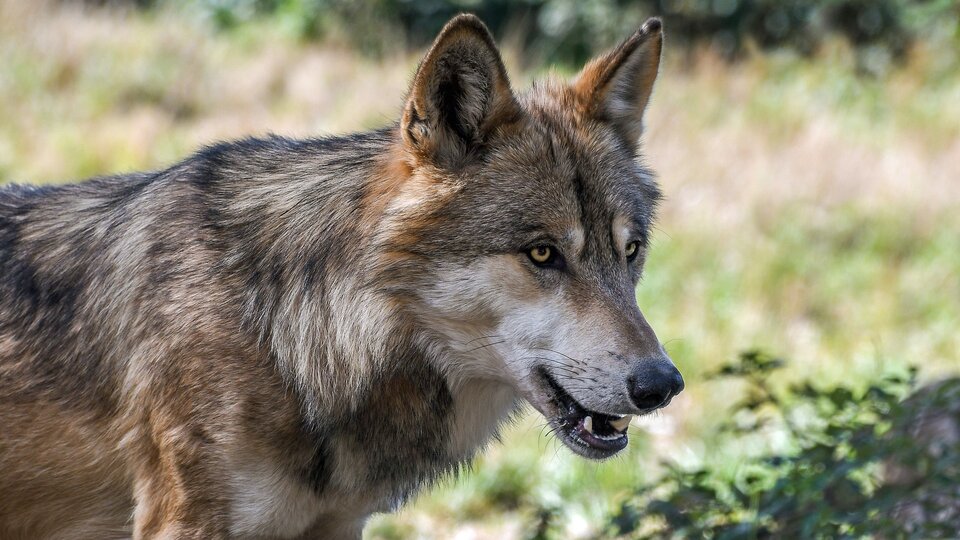Hungary’s top predators are back! This is how animals can be protected

Concerning the health of our natural environment, it is quite a positive phenomenon that in recent years, the iconic predators of Hungary have returned to their homeland. However, it is still not easy to ensure that these highly protected, ecologically beneficial animals live in a balanced way with humans. Let us see the possible solutions.
In Europe, large carnivores are categorised into four species, based on which we can say that by now all top three native predators of Hungary have returned to their homeland.
- Brown bear – several specimens appear in Hungary, mainly in the North Hungarian Mountains where living conditions are the most favourable.
- Grey wolf – they live in the North Hungarian Mountains, including the Aggtelek Karst and the Bükk and Zemplén Mountains where several wolf herds were spotted, consisting of 6-10 individuals. Some specimens were also found in the Börzsöny Mountains and Somogy and Baranya Counties.
- Eurasian lynx – they lead a lonely, hidden lifestyle in the Börzsöny, Bükk, Mátra, Zemplén, and Aggtelek Karst areas.
- Wolverine – native to the Scandinavian region.
Typically, all three species avoid humans; however, this does not mean that new specimens may not appear in new places; still, the growth of their number is insignificant.
According to Dr László Patkó, the appearance of large carnivores have a positive effect on the environment. Consequently, forests could regenerate and the loss of agricultural land could be reduced, as a result of which more natural habitat could be provided for the protected species of flora and fauna.
Besides these beneficial factors, the presence of large carnivores has a dangerous side effect as well if we consider their wildness towards other animals.
Therefore, keeping animals in closed night shelters or under constant supervision is quite recommended.
There are several unique solutions, by which farmers can defend themselves and their animals, including an electric shepherd and watchdogs.
As Hungarian news portal 24 reports, a good example was seen in Zemplén. The sheep were sleeping on the meadow, surrounded by an electric fence, when a wolf came by, looking for a weak point in the fence. However, two watchdogs appeared on the other side, as a result of which the wolf finally left. Thanks to the double defence that was realised by combining the traditional method and modern technology, the predator had no chance to attack the targeted animals.
Related articles:
- Researchers are looking for signs of the collapse of wildlife in the Carpathians
- Hortobágy horse herd driven into wilderness after months – Video
Source: 24.hu


Preditor populations are a sign of a healthy environment and contribute to the same.